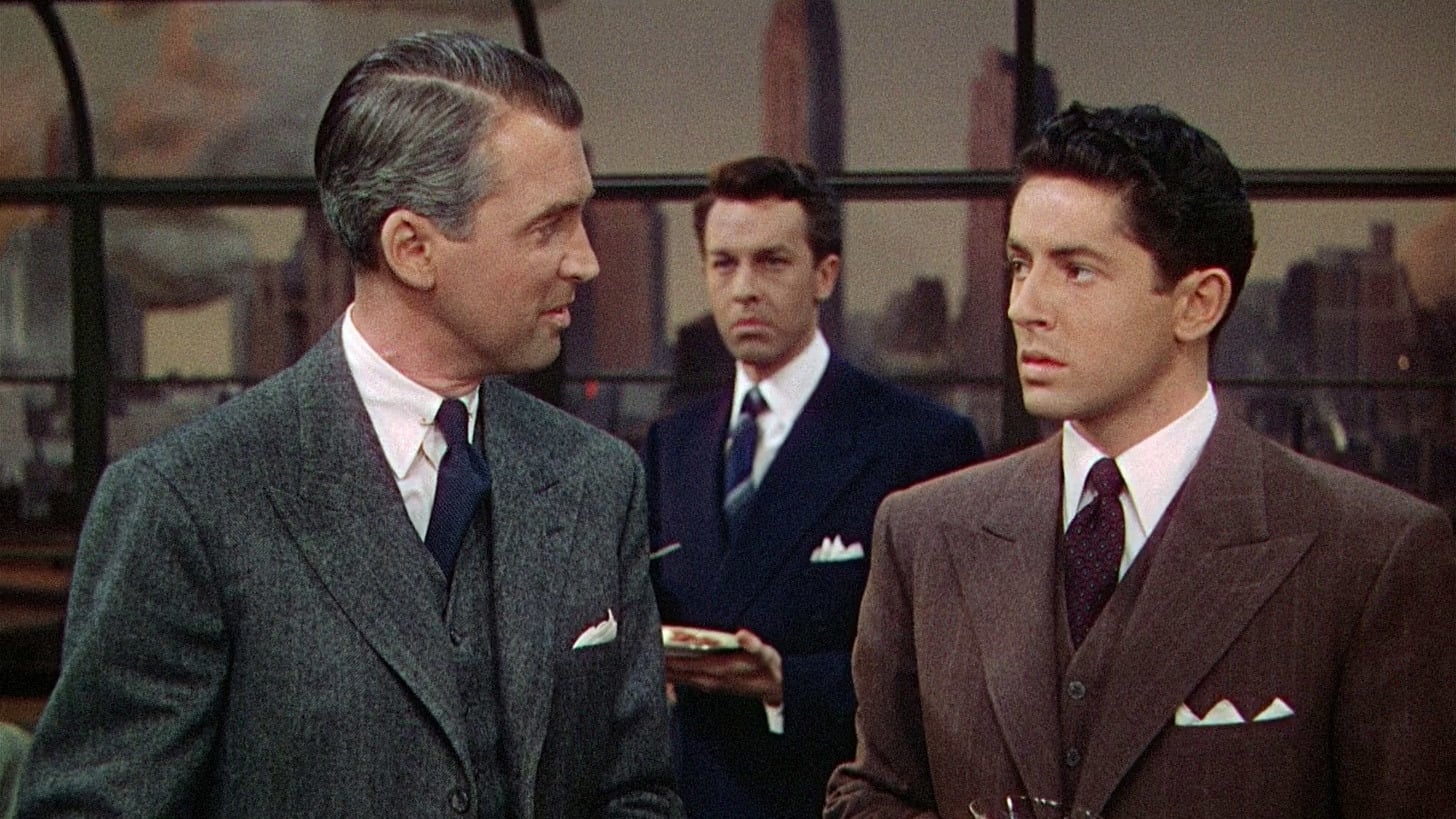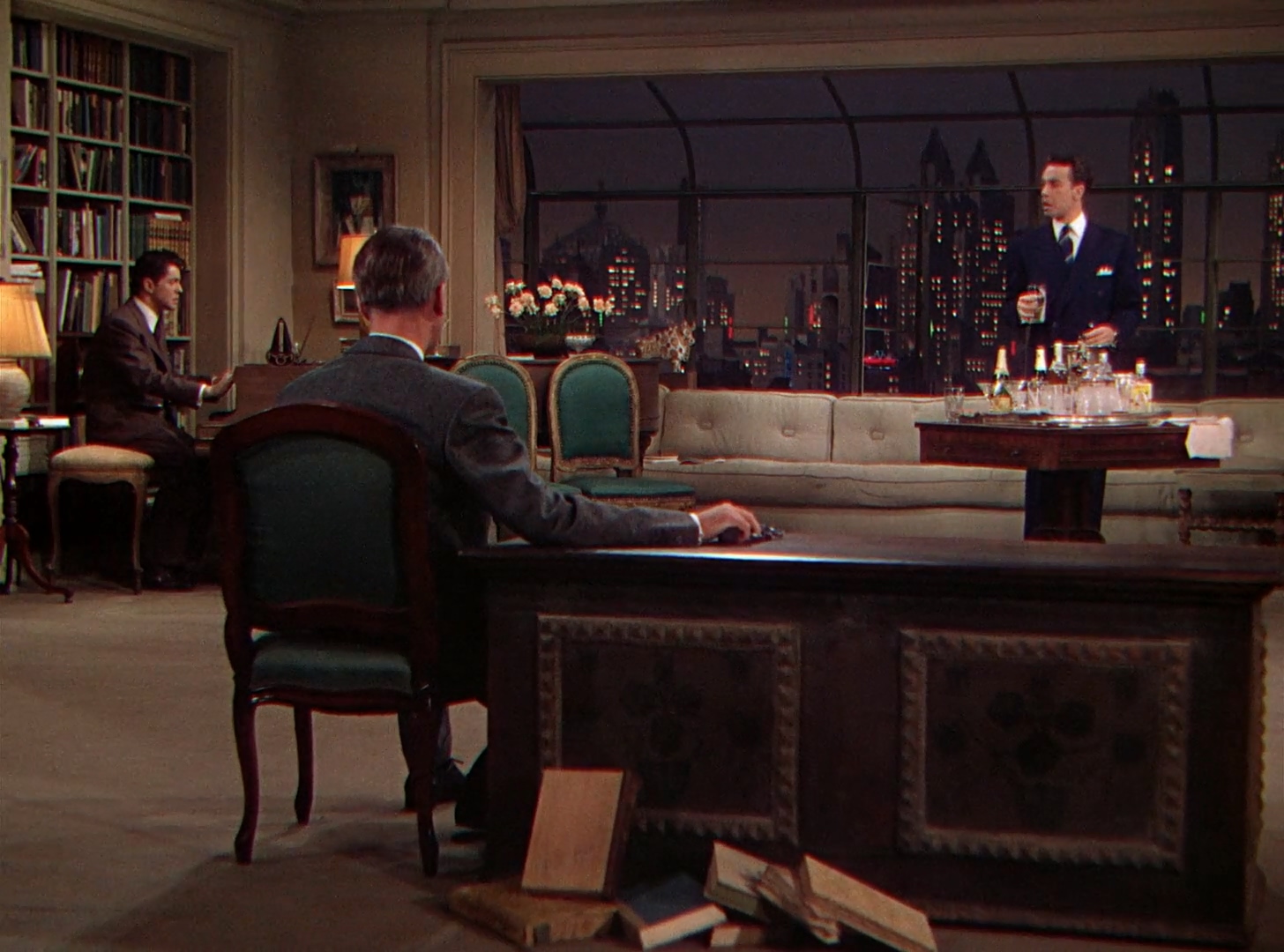'While Mortals Sleep' - MiamisFF Review
While Mortals Sleep is enthralling quick-fix horror that offers thrills and excitement with such a short runtime and left me truly impressed with all levels of filmmaking.


In the early days of Hollywood, there were much fewer things filmmakers could get away with in terms of the content they displayed on the screen. It got to a point in 1934, an unyielding implementation of a list of rules known as the Hays Production Code was put into place lasting until 1955. This set of guidelines prohibited filmmakers from including a variety of content in their films – things like pointed profanity, drugs, sympathy for criminals, the use of firearms, poor treatment of police, and a menagerie of other things we have come accustomed to seeing in film today. But there was something else noted in the production code that was strictly prohibited – ‘sexual perversion’ A.K.A…homosexuality.

This code was ruthlessly binding and forced filmmakers to come up with clever solutions to getting around having so many potential themes and ideas banned from being explored, hence, subtext and coding. Subtext has been around since the dawn of the narrative but what The Code lead to was a new way, often visual, of implying that certain things were happening or had just happened. The film language that was born from this movement is one that defined an era but I want to talk about one specific film from one specific filmmaker that uses visual suggestion in such a masterful way…that would be Alfred Hitchcock’s Rope.
Hitchcock is no stranger to innuendo, as was common in that era, but there was something so sophisticated about his approach to Rope, and it all begins with the first frame. The film opens up with our two leads Phillip (Farley Granger) and Brandon (John Dall) strangling their fellow classmate with, of course, a rope, then stuffing the body in a chest shortly before guests arrive for an evening gathering. The two are now sole possessors of this knowledge, quietly relishing the forbidden act they had just committed, and navigating the night with the utmost precision so as to not reveal their secret.
But the implications don’t stop here. The visuals reinforce their sexuality even further by the use and constant fondling of the metaphorically phallic rope, or an intimate moment the two share as Brandon struggles to remove the cork from a champagne bottle leading to Phillip suggestively taking over and finishing the job himself — it’s actually rather explicit when you think about it. And if this wasn’t enough, as pointed out in this IndieWire article written by Les Fabian Brathwaite, the music Phillip plays throughout the film is composed by openly gay composer Francis Poulenc. The subtext works on so many levels and yet is never explicitly stated.

Hitchcock is clearly not aiming for subtlety, he’s surprisingly tumultuous with the little amount of space to work with. So much so that this film was actually banned in certain cities in the United States, which just goes to show how effective coding can be when done properly and with an actual message driving the focus. I think this focus is further reinforced by what the film would come to be known for, which is the one take. Rope is shot and edited to give the appearance of one continuous take; hidden cuts are often disguised by pushing the camera into a character’s back or by someone walking past the camera giving one frame of full darkness to allow for a seamless edit. What this ultimately does is give the audience the maximum amount of time with the characters. There is no cutting to another location to follow up on side characters, no establishing shots, no break in the tension, nothing to detract from what is happening within the confines of this apartment. In having so much time observing Phillip and Brandon, we are able to notice the minutiae and nuances of their actions. This is where Hitchcock works best — he doesn’t rely on throw-away lines with subtle implications of their sexuality. It’s explicit, yet subtextual imagery that reveals what would never have been, neither in the diegesis of the film nor in the real world under the circumscriptions of the Production Code.
The methods by which Hitchcock decided to make this film was not only incredibly difficult but it was also dangerous for the time. If you take away the Production Code and explicitly state their sexuality on screen, you would face intense public backlash and potentially harm your career, and that goes for the actors as well. John Dall and Farley Granger, who were reportedly gay and bisexual respectively in real life, knew exactly the sexuality of their characters and still wanted to portray them anyway – something even actors like Cary Grant and Montgomery Clift weren’t able to do, turning down the roles that were originally offered to them.
With the sheer amount of visual innuendo and clinical filmmaking techniques, Rope is a vital piece of American cinema that shows the strength of not only those involved in the filmmaking process but the staying power of layered storytelling. It took significant bravery to make a film like this during this time in Hollywood and what they were able to accomplish is a spectacle in the ethos of the LGBTQ+ film.
Related lists created by the same author
While Mortals Sleep is enthralling quick-fix horror that offers thrills and excitement with such a short runtime and left me truly impressed with all levels of filmmaking.
Related diversity category
Highlighting the many ways in which AFF 2023 illustrated that the queer experience is not a monolithic one.